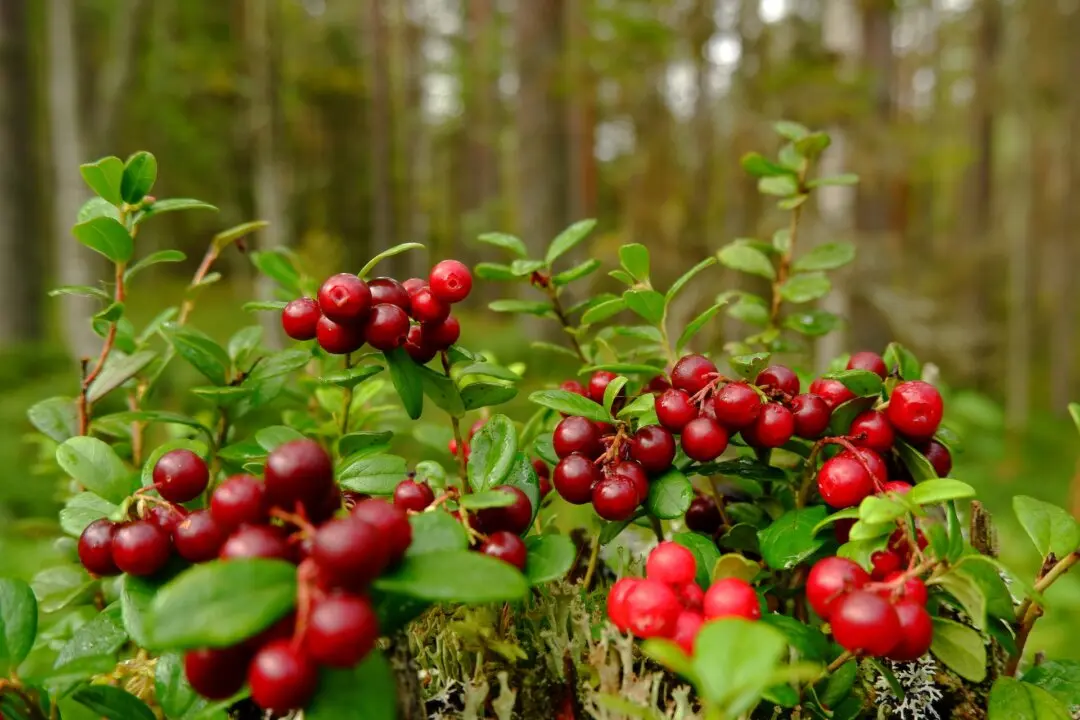Question: Our magnolia tree has sooty mold. We had the tree sprayed for the fungus, but it is still dripping stuff. Do you have any suggestions?
Answer: Sooty mold is a fungus that grows on the sugary sap that is dripped on everything below a tree that has sucking insects. Some insects are sort of like a mosquito: They stab the leaf with a sucking mouth part and drink the sap. Many sucking insects are tiny and have a simple loop as their digestive system, so sap both goes into and comes out of their bodies. The droppings are sugary enough to feed the fungus.





